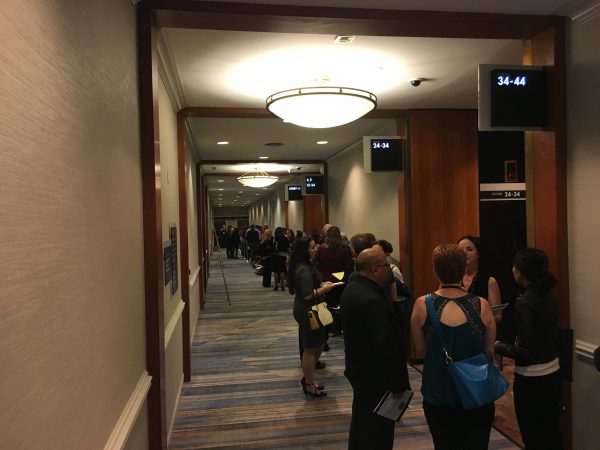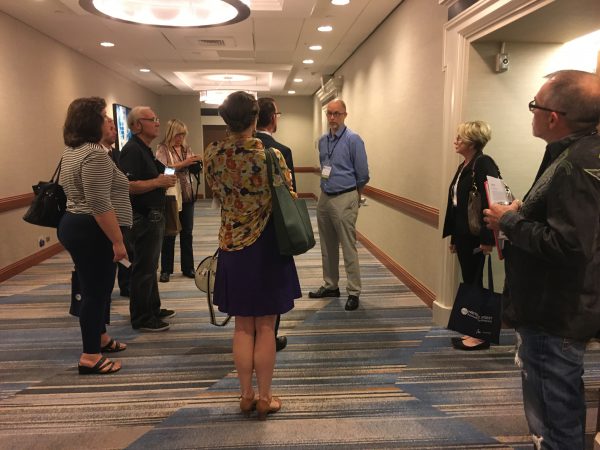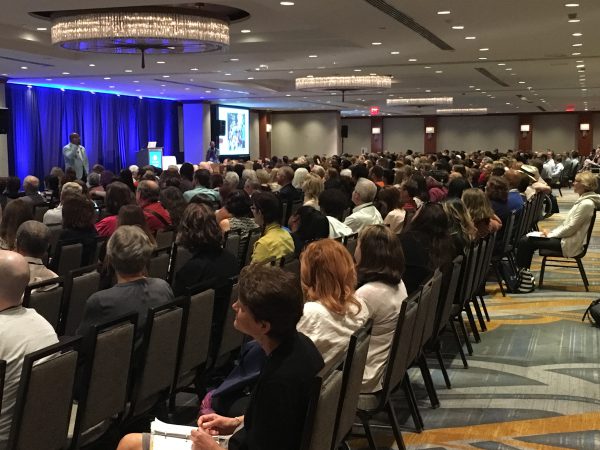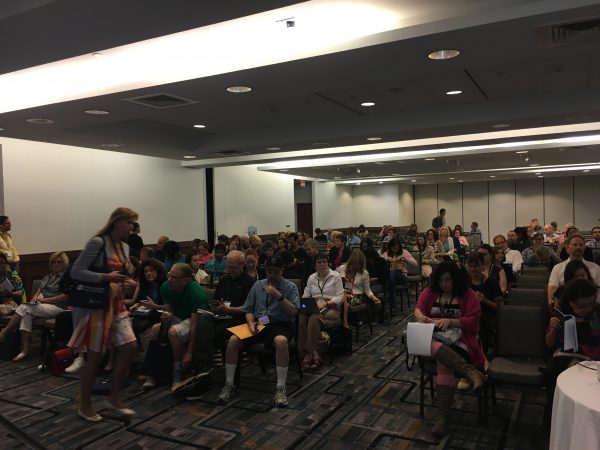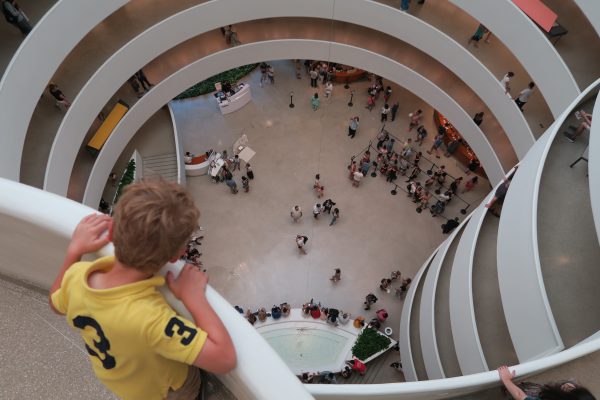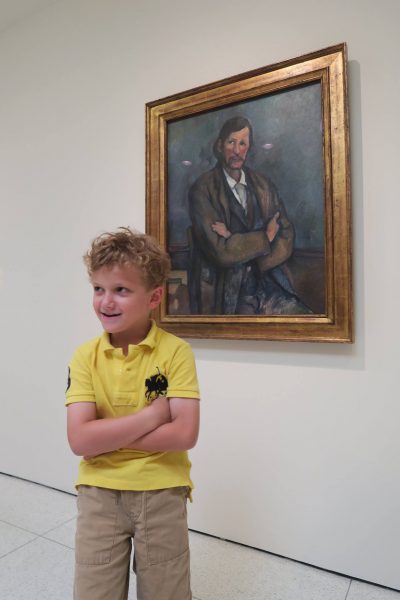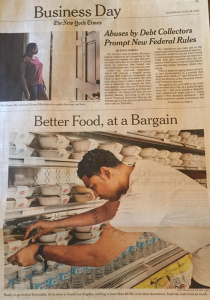This past week I was blindsided by the death of someone I followed on YouTube. He was only 40 years old, had no known medical issues. He died suddenly in his sleep.
What I have found is that I have been going through the grieving process, for someone I have never met, and would never meet, even had he lived.
On a day to day basis, so much of the work I do is about helping people create a deeper connection with others, often via the web. What I experienced this week is the other side of that connection, when losing it can feel like a deep loss.
There is something that feels personal about the nature of how we “follow” others online. We initially discover them because we feel we are aligned in interest or worldview. Somehow, they open a door for us, they are a gateway. (I wrote about this theme just the other week.)
Then, every day, you get status updates, or photos, or videos. Little by little this person becomes a part of your daily life, just as your coworkers, friends or family do.
But there is more.
As a gateway, these people open the door to things we are passionate about. They help us experience the world differently, and perhaps help shape our own identities.
After more than ten years of writing a blog, this post as by far been one of the most difficult for me to write.
That person I followed on YouTube who passed away? His name was Glenn Webb. Many of you don’t know this about me, but I’ve always been an avid toy collector. LEGO, action figures, Star Wars, just stuff that rekindles the magic I felt from toys in my childhood.
While I don’t buy many toys nowadays, I am able to still experience the hobby via YouTube. There are so many people who review toys online. I know, it’s silly, but what can I say, it’s a nice little escape.
One of my favorite toy reviewers on YouTube was Glenn. He was a 40 year old guy living in Edinburgh, Scotland. Pretty much every day, he posted a new video where he reviewed action figures, hunted for toys in stores, showed action figures he was customizing, or reflected on the hobby.
This is his YouTube channel. At this time of his death, he had nearly 100,000 subscribers, and more than 45,000,000 views of his videos.
With his passing, I have seen thousands of others posts statements of grief online, and other prominent YouTubers (that is what you call people on YouTube) sharing videos about Glenn. A GoFundMeCampaign was setup to help with Glenn’s funeral expenses, raising more than $7,000 in just a few days.
Here is another toy reviewer (wth 250,000 subscribers himself) sharing the news of Glenn’s death. And this is a close friend of Glenn’s barely keeping it together as he pays homage to him.
Glenn was a gateway for so many people. If you read the comments on Glenn’s videos, on the two videos mentioned above, on the many forums where people have talked about his passing, you find stories of how Glenn opened a door for others.
Parents talk about how their kids got into the hobby because of Glenn. Adults talk about how Glenn made it okay for them to dive deeper into a hobby they were passionate about. Many folks began customizing action figures because of Glenn.
Just by reviewing toys online, Glenn had a profound impact on people’s lives.
Hearing about his death was a complete shock to me. Glenn made up one of the threads in the fabric of my life. The fact that he updated so frequently — that his voice was such a strong part of his videos — simply made him seem like a friend.
My condolences to Glenn’s family and friends, and all of those who made him a part of their lives.
In writing this post, I remembered that there were two other times in the past few months that I wrote about death on this blog. One was about the meaningful experiences we share in social media, and the death of a childhood friend.
The other was a reflection on why we create, and why we share; something I thought about when an editor I worked with passed away, and I then found photos of him playing his guitar in Central Park.
With the work you do, sharing it to others can inspire them and open amazing doors for who they are and their experience of the world. I think a lot of us are afraid to share for obvious reasons of social risk, or of feeling that our work is never quite ready.
I will end with a reminder: enjoy yourself, it’s later than you think.
-Dan

